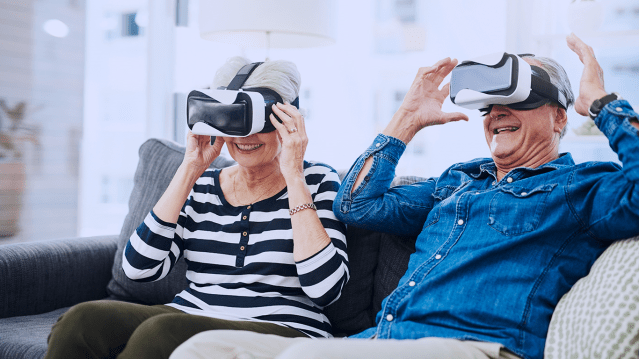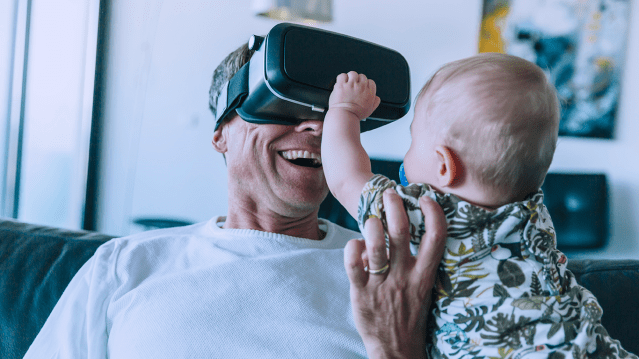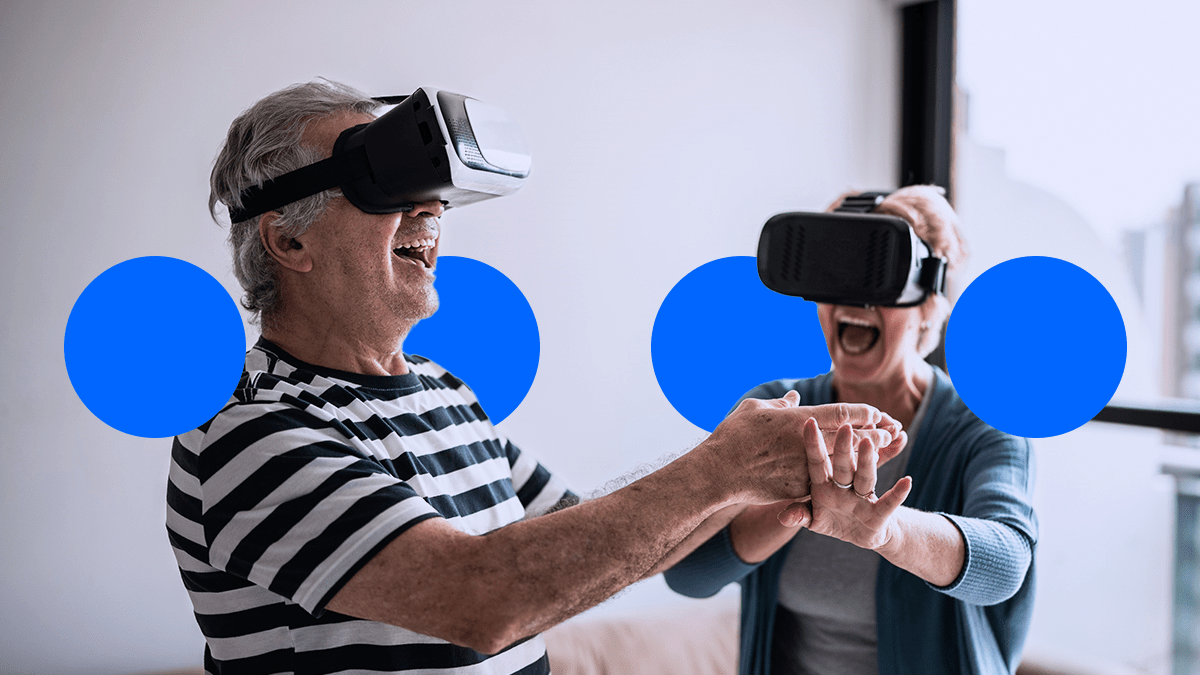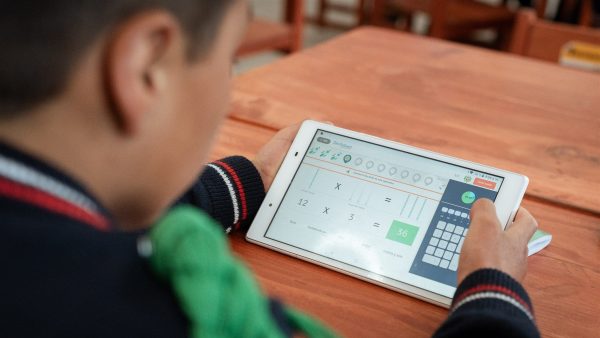This digital environment, in which users can interact with other people in an immersive manner, has the potential to transform several areas, including education, work, culture and entertainment.
However, companies and development teams are adapting these virtual spaces to bridge the existing digital divide. The digital divide refers to inequalities in access to and use of technologies, particularly affecting low-income communities, the elderly and people living in rural areas.
These factors restrict participation in connectivity-dependent activities, and the Metaverse, given its device and connectivity requirements, may exacerbate these differences. However, on the other side of the coin, the Metaverse could be key to bridging the digital divide.

Initial steps towards bridging the digital divide through the Metaverse
First, good connectivity is a priority to ensure that the Metaverse doesn’t become an exclusionary space. It’s therefore essential to ensure investment in high-capacity networks, paying special attention to areas in which connectivity is more limited.
Collaboration between different political and social players can facilitate access to affordable and efficient internet services, and these in turn will enable more individuals to benefit from the opportunities provided by the Metaverse.
Another important measure is the development of low-cost devices that allow access to the Metaverse without the need for large investments. At present, virtual reality goggles and the devices required for an immersive experience are often expensive. However, several technological companies are working on the development of more affordable options, and these devices could achieve greater inclusion in the Metaverse and bring benefits to a few areas.

How can the Metaverse help to bridge the digital divide?
An initial step towards bridging the digital divide is harnessing the Metaverse as a virtual education platform. The possibilities offered by immersive environments allow the creation of virtual classrooms in which students can access quality educational content from anywhere in the world. This is particularly useful for regions in which educational institutions and pedagogical resources are limited.
In fact, the Metaverse can break down the barriers of space and time, thus providing virtual access to cultural and educational experiences that were previously beyond the reach of many people.
For example, by means of virtual museums, people anywhere in the world can explore art collections without the costs and constraints of travel. These immersive experiences not only democratise access to culture, they also make the way content is learnt and enjoyed more interactive and appealing.
Job and economic opportunities in the Metaverse
The Metaverse also has the potential to create new job opportunities for people on the more vulnerable side of the digital divide, including those in rural and low-income areas, who have traditionally found it difficult to find jobs due to a lack of infrastructure and technological skills.
As the Metaverse grows, there will be an increasing demand for workers with related skills, such as moderators of virtual communities, sales assistants in digital stores and designers of immersive experiences. Moreover, jobs in the Metaverse don’t always require the same academic background as many traditional ones, enabling people to acquire specific skills through virtual training.
Digital inclusion through workshops and the Metaverse
In any event, it’s true to say that the Metaverse can become a tool with the ability to mitigate the digital divide, if it’s implemented with an inclusive and accessible approach. By means of virtual education and the development of accessible infrastructures and devices it’s possible for the Metaverse to benefit society as a whole, by providing new opportunities for growth and learning in an increasingly interconnected world.
For example, all the above can be found at different in-person workshops, one of which is RECONECTADOS, organised by Fundación Telefónica. This space runs free and personalised activities. RECONECTADOS provides the tools required to enable older people to feel more connected and autonomous in an increasingly technological environment.









